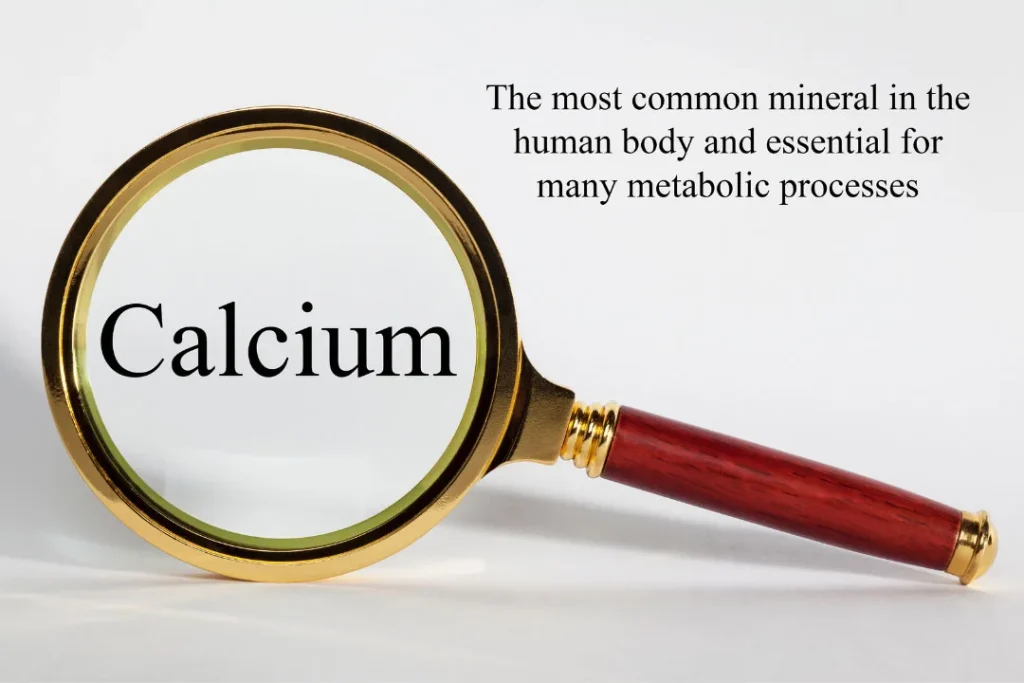A flowering plant in the mulberry family known as the common fig (Ficus carica) is commonly farmed for its fruit. Its intake may be traced back to ancient civilizations, and traditional medical practices across the world have embraced it because of its numerous health advantages. Through this article, fig should be known as it contains high profile nutritional composition and can bring many health advantages through different physiological mechanisms.
You May Also Like:
Should You Try CBD for Focus? Here Are the Facts.
Diamond CBD Gummies vs. Joy Organics CBD Gummies
Figs: Benefits, Dosage, Side Effects, Drug Interactions, and Other Important Information is an original (NootropicsPlanet) article.
Nature of Figs
Due to its capacity to grow in a variety of conditions, figs, which are native to the Middle East and Western Asia, are now grown all over the world. The ‘fruit’ of figs is actually an inverted blossom, with the seeds standing in for the actual fruit. The fig fruit is renowned for its sweet flavor and nutritional content, whether it is fresh or dried. Dietary fiber and important minerals including potassium, calcium, magnesium, iron, and copper are abundant in figs. Additionally, they supply vitamins including vitamin B6 and K. Figs can also be used in diet food because it is low in calories and almost fat-free.
Additionally, figs include a variety of bioactive substances that contribute to their health advantages. These include phytosterols, furanocoumarins, and phenolic compounds (such as flavonoids and phenolic acids). The total therapeutic potential of figs is enhanced by each of these substances, each of which has unique bioactivities.
Health Benefits of Figs
- Digestive Health: Figs’ dietary fiber promotes regular bowel motions and shields against constipation. They also include ficain, a proteolytic enzyme that aids in the breakdown of proteins.
- Heart Health: Potassium, a chemical that helps to control blood pressure, is abundant in figs. Low-density lipoprotein (LDL) cholesterol is decreased as a result of the fiber and phenolic antioxidants in figs, lowering the risk of heart disease.
- Bone Health: Figs provide calcium and a large amount of magnesium in which both of which are essential to bone formation.
- Antioxidant properties: The body uses fig to combat dangerous free radicals and lessen oxidative stress.
- Figs’ phenolic components have anti-inflammatory properties.

Chemistry of Figs
- Dietary fiber: Dietary fiber found in figs supports your body’s digestive health and helps with weight management.
- Vital Minerals: Potassium, calcium, and magnesium are abundant in figs and are crucial for bone and heart health.
- Vitamins: Figs contains vitamin B6, which is important for brain growth and function, and vitamin K, which is essential for blood clotting and bone metabolism.
- Phenolic Compounds: Figs contain a lot of phenolic compounds, which have strong anti-inflammatory and antioxidant effects. These include phenolic acids like gallic acid and chlorogenic acid as well as flavonoids like quercetin and luteolin.
- Furanocoumarins: Psoralen and bergapten, two furanocoumarins found in figs, have a variety of bioactivities, including photosensitization.
- Phytosterols are plant chemicals that share structural similarities with cholesterol and may aid in preserving normal cholesterol levels.
Physiological Mechanisms of Action of Figs
- Digestive Health: The high fiber level in figs facilitates regular bowel motions and easing constipation. Protein digestion is also aided by the proteolytic enzyme ficain, which is found in figs.
- Heart Health: Potassium, a mineral found in figs, helps counteract the harmful effects of salt and supports the maintenance of blood pressure. In figs, phenolic compounds may lower oxidative stress on the cardiovascular system, while phytosterols may help maintain healthy cholesterol levels.
- Bone Health: Figs include sizable levels of calcium and magnesium, which help to support healthy bone development and function.
- Antioxidant and Anti-Inflammatory Mechanisms: The phenolic compounds in figs have strong antioxidant activity, scavenging dangerous free radicals and lowering oxidative stress. These substances also exhibit anti-inflammatory characteristics by controlling the body’s inflammatory response.

Optimal Dosage and Side Effects of Figs
Since figs are eaten as food and not as a complement to medication, there isn’t a set dose for them. However, because they contain a lot of fiber, consuming them in excess might cause intestinal discomfort. Due to the natural latex found in unripe figs and the fig tree itself, those who are sensitive to natural latex may also react to figs.
Potential Substance Interactions with Figs
Figs have little interactions with other chemicals since they are eaten as food. Psoralen, a substance found in figs, can increase skin sensitivity to sunlight and possibly trigger a skin response. Hence, we recommend you speak with your doctor because figs may cause photosensitization.

Best Responsible Uses of Figs
Due to their high nutritional value and bioactive components, figs can provide a number of health advantages when included in your diet. For a blast of natural sweetness, they may be eaten fresh or dried and used for a variety of meals. They should be included in a balanced diet and eaten in moderation, just like any other food item.
When consumed as a part of a balanced diet, foods with a high fiber content, critical minerals, and bioactive chemicals can improve a variety of health-related factors.
Figs:
Conclusion
All in all, the common fig stands as a remarkable fruit that is native to the Middle East and Western Asia with a rich history of cultivation and consumption. It comprises a high level of fiber and bioactive components such as phenolic compounds, furanocoumarins, and phytosterols. They have contributed to various health benefits which include improved digestive health, heart health, bone health, and antioxidant and anti-inflammatory properties. Not only does it improve your overall health and wellness, but it also helps to prevent the development of chronic disease by removing the potential free radicals from the body.
Hence, common fig can offer a delicious and versatile ingredient, but it can also strengthen your body. Figs rarely interact with other substances or food when consumed. However, it is still pivotal to take importance in understanding its mechanism of action and correct dosage based on the usage.

References:
- Phytochemical Composition and Health Benefits of Figs (Fresh and Dried): A Review of Literature from 2000 to 2022. Retrieved from: https://pubmed.ncbi.nlm.nih.gov/37299587/#:~:text=They%20possess%20a%20diverse%20array,%2C%20metabolic%2C%20and%20cardiovascular%20issues.
- Review on Fresh and Dried Figs: Chemical Analysis and Occurrence of Phytochemical Compounds, Antioxidant Capacity, and Health Effects. Retrieved from: https://pubmed.ncbi.nlm.nih.gov/30884655/
- Industrial Application and Health Prospective of Fig ( Ficus carica) By-Products. Retrieved from: https://pubmed.ncbi.nlm.nih.gov/36770628/
Important Note: The information contained in this article is for general informational purposes only, and should not be construed as health or medical advice, nor is it intended to diagnose, prevent, treat, or cure any disease or health condition. Before embarking on any diet, fitness regimen, or program of nutritional supplementation, it is advisable to consult your healthcare professional in order to determine its safety and probable efficacy in terms of your individual state of health.
Regarding Nutritional Supplements Or Other Non-Prescription Health Products: If any nutritional supplements or other non-prescription health products are mentioned in the foregoing article, any claims or statements made about them have not been evaluated by the U.S. Food and Drug Administration, and such nutritional supplements or other health products are not intended to diagnose, treat, cure, or prevent any disease.


